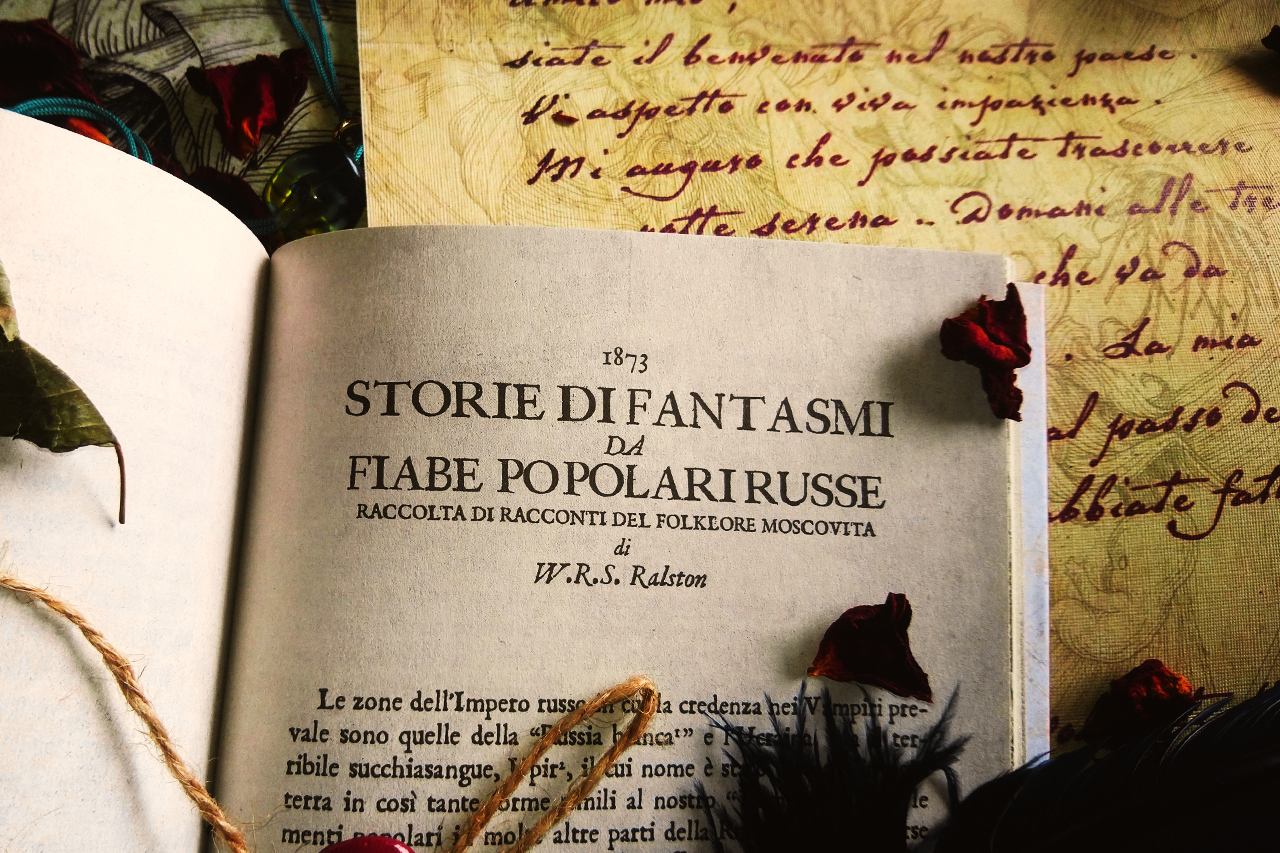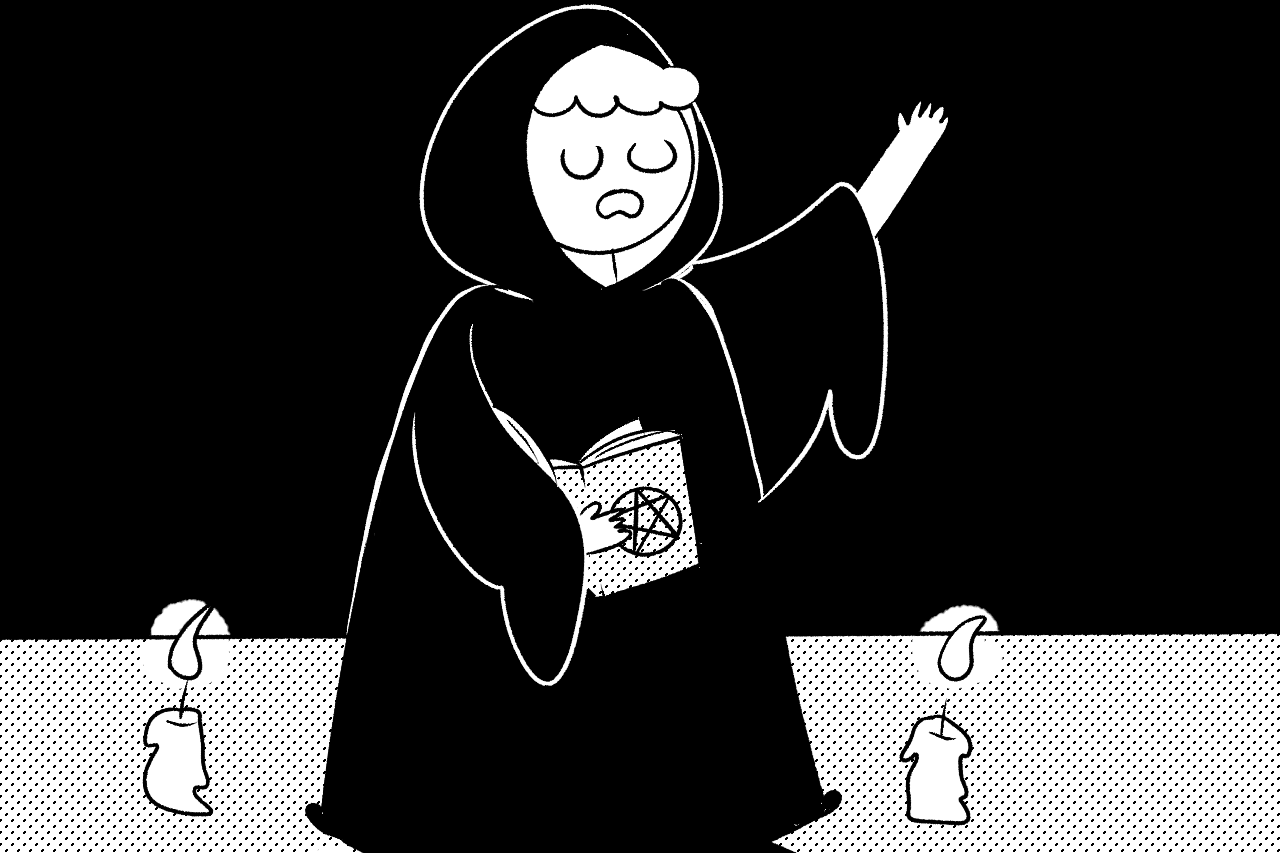In the collection of Russian Folktales compiled by William Ralston Shedden-Ralston, there is a section entirely dedicated to ghost and spectre stories. In this section, one of the stories is none other than The Soldier and The Vampire which we talked about yesterday in a little deviation from our scheduled Draculea content.
There is actually a reason for that: this document is intrinsically linked to that specific story as it is a part of the commentary that follows it.
Of course, as has become a habit, we strongly encourage you (that is if you speak Italian) also take a look at the corresponding article on the Bloody Reader blog this particular segment works in collaboration with.
Vampires in Russian popular culture
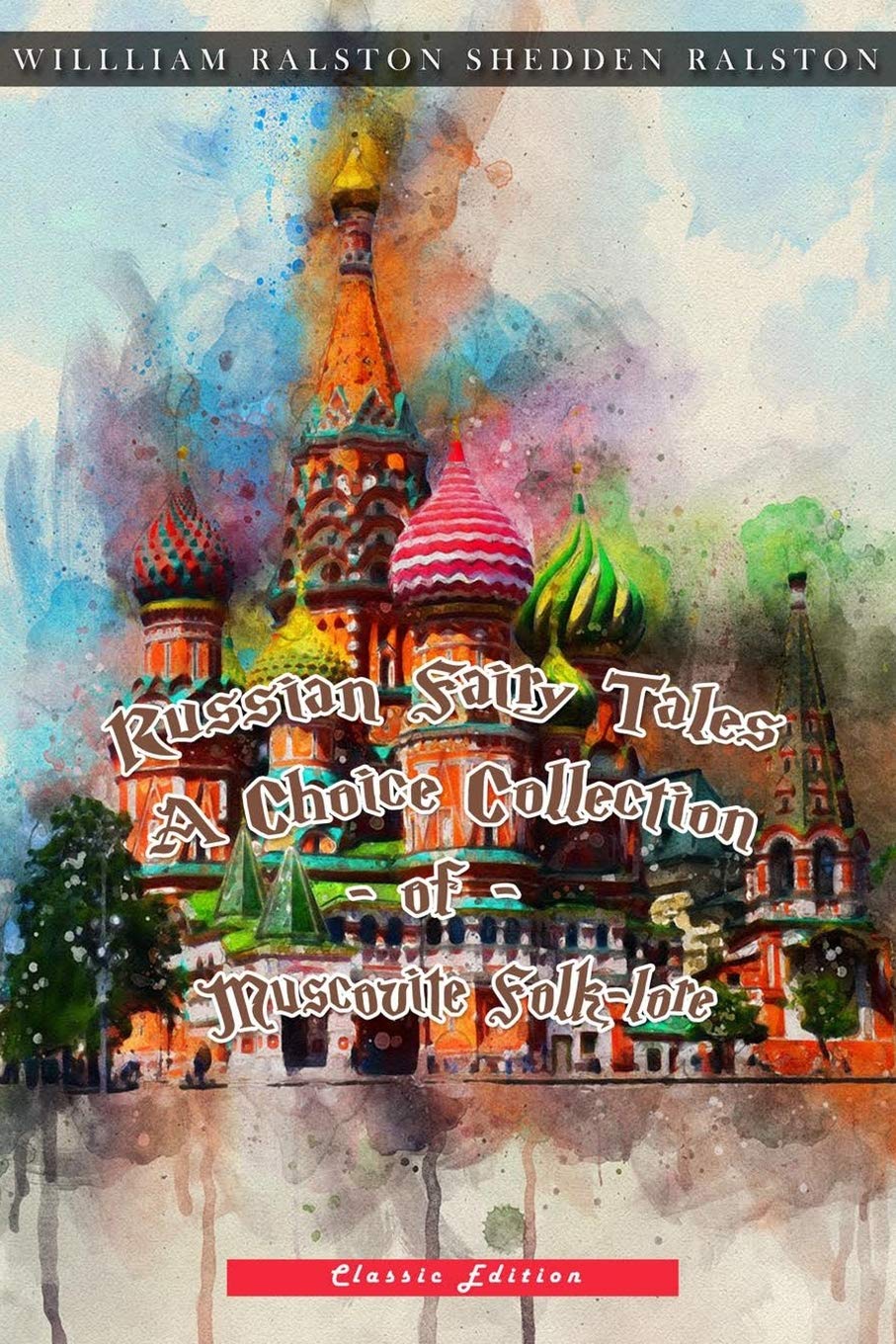
Russian Fairy Tales- A Choice Collection of Muscovite Folk-lore- Annotated by William Ralston Shedden Ralston
Buy on
Amazon – Book Depository
As we’ve already seen with The Soldier and The Vampire story, Russian culture and broader Slavic and Baltic tradition are littered with vampire figures.
The exact word used in White Russia (Belarus) is Upir, from which our more common Vampire comes along with many other forms of the word. These creatures, after spending a considerable amount of time in their coffins and ending up with stiff limbs, make their ways in the world teeth-first until they have gathered back their strength.
Kashubians, on the other hand, prefer the term Vieszcy and believe that these creatures eat their own limbs and assault their relatives first and their neighbours later. Legend also has it that they climb up on belltowers and all those who then hear the toll of the bell are destined to die shortly after.
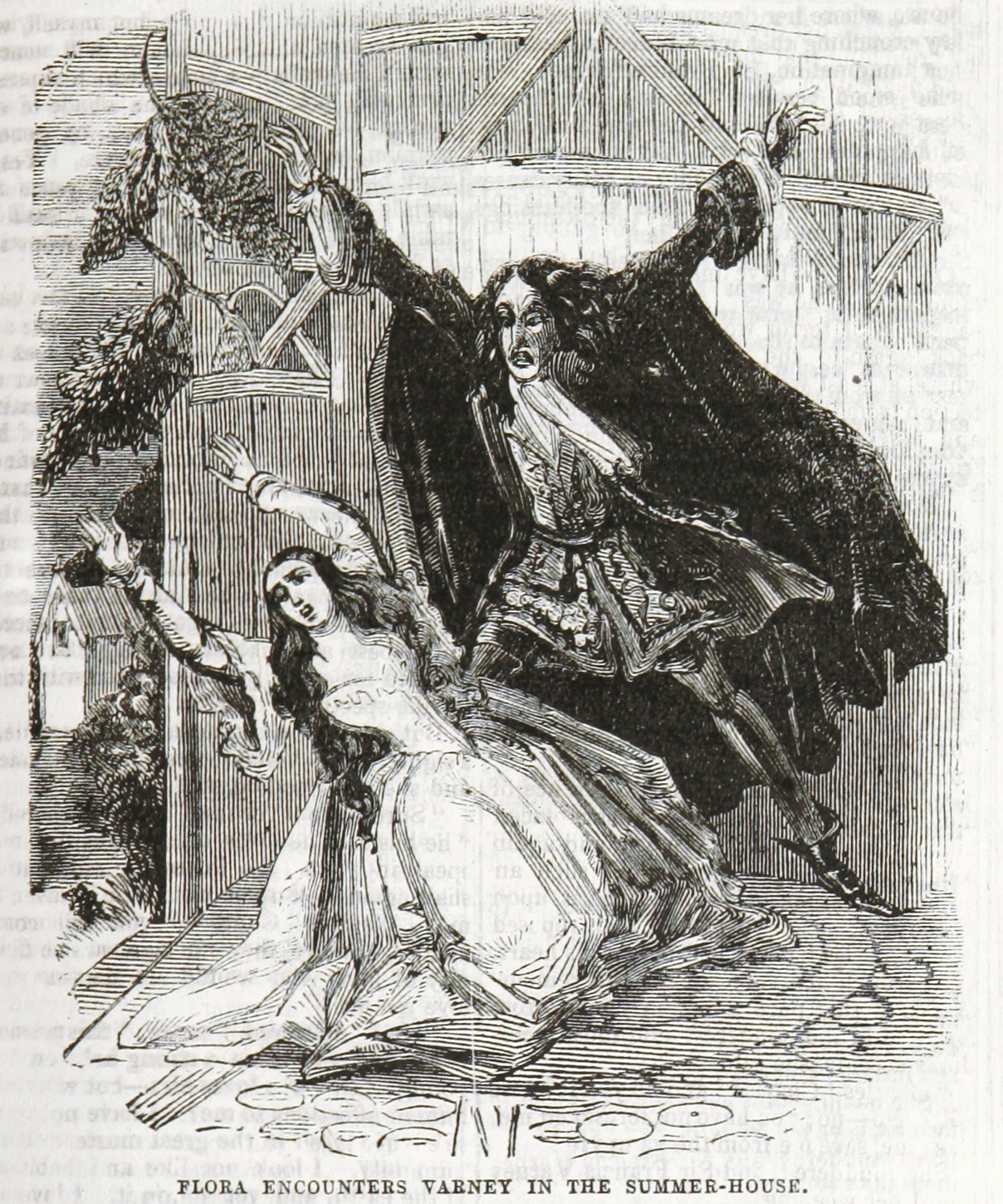
Title: “Varney, the Vampyre : or, The Feast of blood”
Author(s): Rymer, James Malcolm, approximately 1814-1884 [person]
British Library shelfmark: “Digital Store RB.23.a.31447”
Page: 161
© British Library
When it comes to Vlachs, their stories tend to portray a hybrid between a werewolf and a vampire called Murony who can show itself in the shape of an animal in order to attack its victims.
And last but not least, in Czech, a vampire is called a Strigon.
On their origins and how to get rid of vampires.
The methods for getting rid of these creatures are more or less the same we’ve read about so far in this collection. Fire and decapitation seem to be particularly effective. When it comes to the wooden stake, however, some stories specify that it needs to be made of cottonwood while other traditions claim it should be bristling with thorns. In addition, some legends argue that the vampire should only be struck once or it will awaken again.
When it comes to their origins, some myths speak about vampires as wizards and witches who died of suicide (which might actually explain the origins and the magical abilities of Strigonᵉᵈ). Others believe that if an animal – usually a cat – jumps over a corpse or comes to rest on it, the corpse will end up reawakening unless the “beast” is caught and killed. Additionally, a vampire can create another vampire even if the deceased was not an evil person. Finally and still according to these myths, there are some people who are destined to become vampires from birth because they are the offspring of unholy unions.
In short, myths and legends, fables and traditions seem to be quite prolific in these lands.
